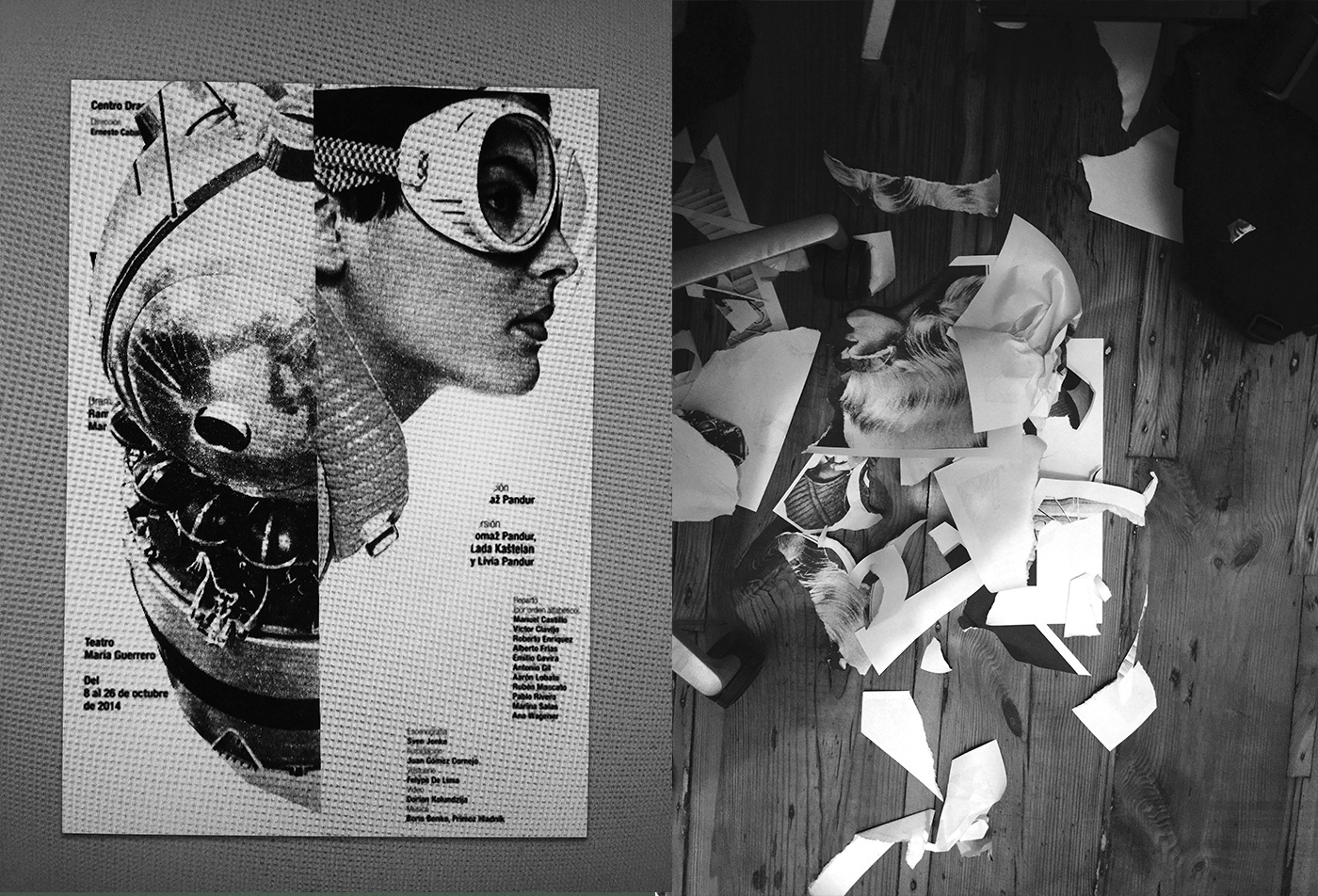BETWEEN FICTION AND REALITY
POLISH MODERNIST PHOTOMONTAGE 1924-1964

SILVER TROPHY in ED AWARDS 2016

http://www.europeandesign.org/ed-awards/winners/promotion/121-poster-single/
The art of photomontage flourished before the Second World War in various parts of Europe. Its Hungarian exponents included Lajos Kassák, Marika Ene, Pécsi József, in Holland it was represented by Piet Zwart, in France by Man Ray and Jean Carlu, in Germany by Max Burchart, as well as associated with Bauhaus Moholy-Nagy and Herbert Bayer, in Düsseldorf by Frits Lewy, in Switzerland by Herbert Matter and Josef Müller-Brockmann, to name but a few.

Our attempt to show this phenomenon is based on Polish and, to a certain extent, foreign posters, from the collection of the Poster Museum at Wilanów. The works are also sourced from the National Museum in Warsaw, the National Museum in Wrocław, the Museum of Art in Łódź, the Museum of Independence in Warsaw, the Central Institute for Labour Protection – National Research Institute, and the private collection of Jan Straus. Through pre-war commercial graphics we present photomontage at its best, the synonym of modernity during the inter-war period.
Soon after this “creative novelty” appeared in the works of Russian and German graphic artists, Polish Constructivists put it into use. The first Polish artist who used photomontage technique was Mieczysław Szczuka in the area of printing. His earliest works come from 1924. In the exhibition we present the avant-garde artistic magazine Blok, published and illustrated by Mieczysław Szczuka (1924-1926) as well as photomontage covers of Earth Leftwards, a volume of futuristic poems by Anatol Stern and Bruno Jasieński (1924) and Smoke over the City by Władysław Broniewski (1927).




Bringing together pictures and words photomontage allowed artists to react immediately to the current events. It was a great medium for political appeals. In August 1926 after the May Coup, Teresa Żarnowerówna and Mieczysław Szczuka signed an appeal for the release of political prisoners. Propaganda leaflets, designed by Szczuka for this purpose, such as We demand amnesty for political prisoners, featured the first political photomontages by Teresa Żarnowerówna, including, among others Bring back our fathers and mothers.

In the newly born Polish state photomontage was used as an information carrier, a propaganda tool and, first and foremost, a vehicle for advertising, including social communication. The use of the photomontage technique in each of these areas had a different purpose, which is why the creative visions and their implementations are so varied.
Near the end of the 1920’s in Lviv typical artistic photomontage became popular among the members of the Artes group. It was treated as one of artistic techniques used by painters and photographers. The exhibition presents collages made by Margit Sielska and Jerzy Janisch.










